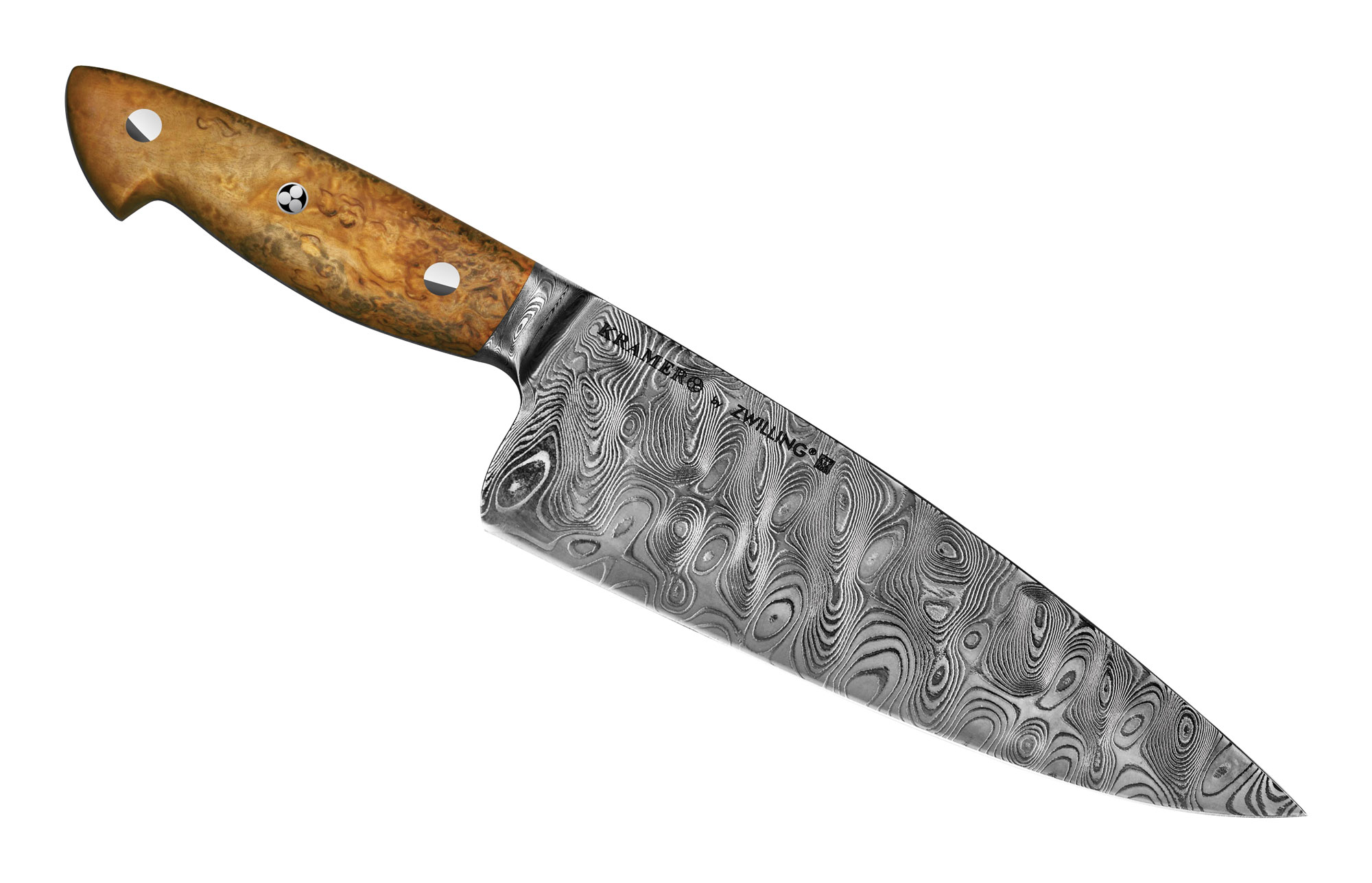For reference here is Albo's first thread about bolsters.
http://www.kitchenknifeforums.com/showthread.php/27822-Best-BOLSTER-for-Chef-Knife
Quite frankly I don't understand this obsession. Have you made a purchase yet? Do you plan on making a purchase? If so then I suggest AGAIN that you fill out the questionnaire so we can better understand your needs/wants.
LOCATION
What country are you in?
KNIFE TYPE
What type of knife are you interested in (e.g., chefs knife, slicer, boning knife, utility knife, bread knife, paring knife, cleaver)?
Are you right or left handed?
Are you interested in a Western handle (e.g., classic Wusthof handle) or Japanese handle?
What length of knife (blade) are you interested in (in inches or millimeters)?
Do you require a stainless knife? (Yes or no)
What is your absolute maximum budget for your knife?
KNIFE USE
Do you primarily intend to use this knife at home or a professional environment?
What are the main tasks you primarily intend to use the knife for (e.g., slicing vegetables, chopping vegetables, mincing vegetables, slicing meats, cutting down poultry, breaking poultry bones, filleting fish, trimming meats, etc.)? (Please identify as many tasks as you would like.)
What knife, if any, are you replacing?
Do you have a particular grip that you primarily use? (Please click on this LINK for the common types of grips.)
What cutting motions do you primarily use? (Please click on this LINK for types of cutting motions and identify the two or three most common cutting motions, in order of most used to least used.)
What improvements do you want from your current knife? If you are not replacing a knife, please identify as many characteristics identified below in parentheses that you would like this knife to have.)
Better aesthetics (e.g., a certain type of finish; layered/Damascus or other pattern of steel; different handle color/pattern/shape/wood; better scratch resistance; better stain resistance)?
Comfort (e.g., lighter/heavier knife; better handle material; better handle shape; rounded spine/choil of the knife; improved balance)?
Ease of Use (e.g., ability to use the knife right out of the box; smoother rock chopping, push cutting, or slicing motion; less wedging; better food release; less reactivity with food; easier to sharpen)?
Edge Retention (i.e., length of time you want the edge to last without sharpening)?
KNIFE MAINTENANCE
Do you use a bamboo, wood, rubber, or synthetic cutting board? (Yes or no.)
Do you sharpen your own knives? (Yes or no.)
If not, are you interested in learning how to sharpen your knives? (Yes or no.)
Are you interested in purchasing sharpening products for your knives? (Yes or no.)
SPECIAL REQUESTS/COMMENTS









